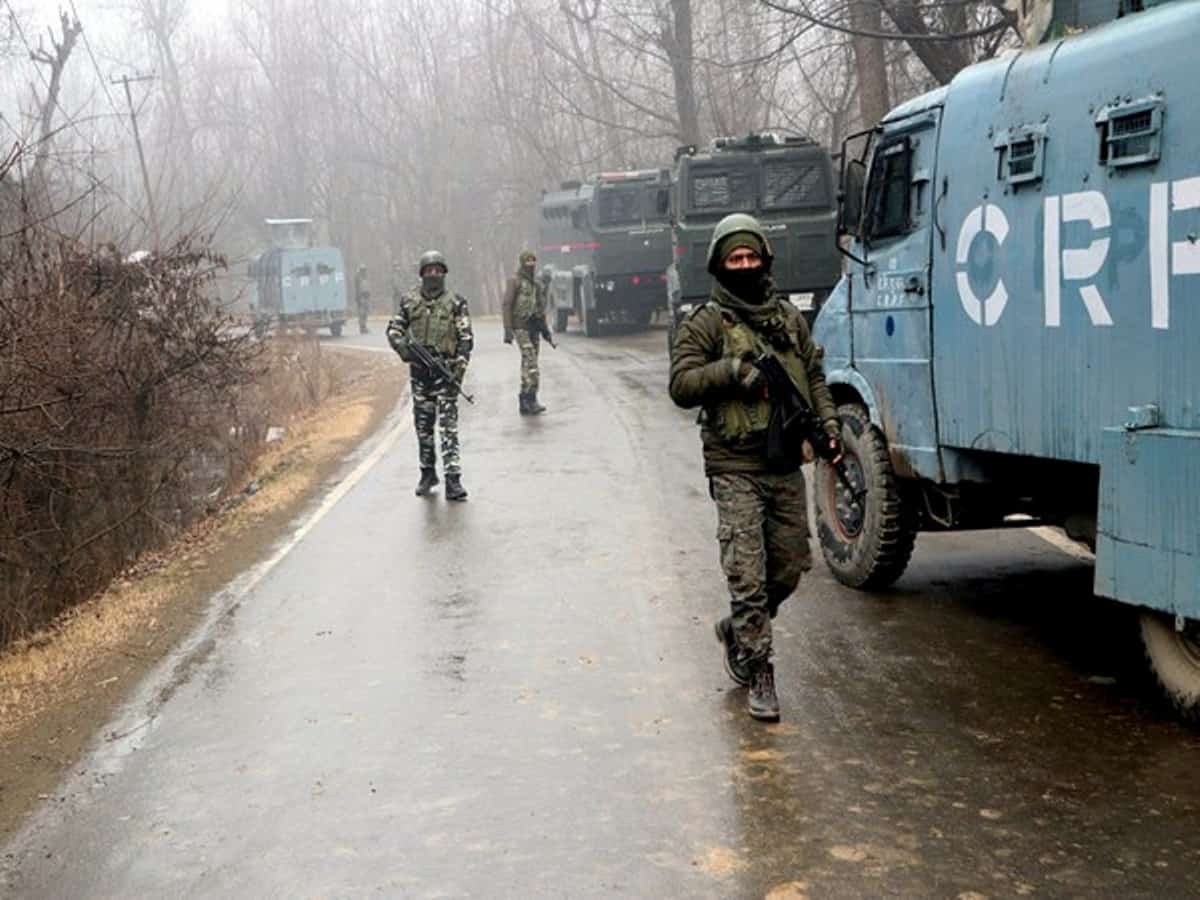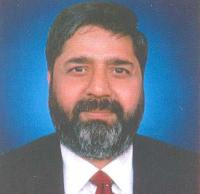

A new dynamic is shaping in Jammu and Kashmir, where campaigns have been unleashed for a separate state for the Jammu region. This idea, though quite old, gained momentum as the protagonists of this campaign have seen renewed opportunity in the post- Article 370 abrogation and ironically also due to the interim Delimitation Report that has come in the crosshairs of a fierce debate in the Union Territory, but accorded six out of seven additional seats in the Assembly.
Jammu, where sections of the population, mostly in Hindu dominated plains of the region, are feeling emboldened after the Centre did away with the specials tatus of the erstwhile state of Jammu and Kashmir and effected its bifurcation into two union territories of Ladakh, and J&K in August 2019 They have launched an institutional campaign for separate statehood for Jammu, believing that the bifurcation of the erstwhile state into two UTs has brightened the prospects of them getting a separate state . . These sections want to snap all geographical, political and demographic toes with the Valley, for they think that they have been bearing the burden of the conflict of the place and also suffering its hegemony in the political and economic spheres. They charge the BJP led government at the Centre, as they did in the times of the previous non-BJP governments, with pandering to the Valley, flying over the needs and aspirations of Jammu.
Jammu, in its current geographical form, is spread over 26,000 sq. km , and houses over 5.3 million ( 2011 census) population. Parts of this region border Pakistan, and Pakistan occupied Jammu and Kashmir and others lie adjacent to the Valley. It is rich in water resources – one of its rivers- Chenab, alone has the potential to generate 20,000 MWs of power. It also is rich in forest wealth and home to one of the best sapphire mines in the world.
A permanent grouse of this region has been that while its resources were exploited by Kashmir-centric parties, but it was denied its due in the political decision-making and administration for there were very few men and women in the services.
Jammu sought parity with Kashmir Valley and never forgot to make three points – the Valley was having less area – 15,000 sq. km number of its seats in the legislative assembly was 46 ( now 47 as per the new proposals of the Delimitation Commission). As compared to that Jammu had only 37 seats ( now 43 as per the proposals of the Delimitation Commission). This disparity hurt it because the smaller apace in the political spectrum also told upon its role in determining the narratives .
Second, it was suffering because of Kashmir that has been embroiled in a conflict for the past 32 years . Jammu could not escape its consequences. It was seen as part of Kashmir in troubles that hurt its image , for the region was peaceful as compared to the Valley,.
Thirdly, it also suffered economically as the investors would hesitate to come as they could not read much of the physical distance between Jammu and Srinagar, for them these were twin towns rather than the places separated by 300 Kms. Jammu also hosted the displaced Kashmiri Pandits from the Valley. Kashmiri Pandits took shelter and later settled in the region, for they thought that would be safer among their co-religionists, secondly, Jammu was part of the same state as was their original homeland, the Valley. the arrival of Kashmiri Pandits in large numbers generated competition in the services and the migrants were willing to settle for any wages, reducing the chances of the job opportunities for the youth of the region.
The problem with Jammu was, and it is glaring now as well, that though on the map it is one geographical unit, in reality, it is having three geographical units, which are now better known as Chenab Valley region, Pir Panjal Region – these two being the Muslim majority and Jammu plains , where Hindus are in an overwhelming majority. There is a religious and geographical divide, and that is what is coming in its way of generating its own narrative, and that, too, is responsible for its lack of its political discourse.
The quest for its political identity is pushing it to seek statehood, but in the given situation and the complexities involved, it is a double-edged weapon. The hills of Jammu are not interested in what the plains are saying, for they fear their marginalization as they believe that the concentration of power in plains would place them at disadvantage.



